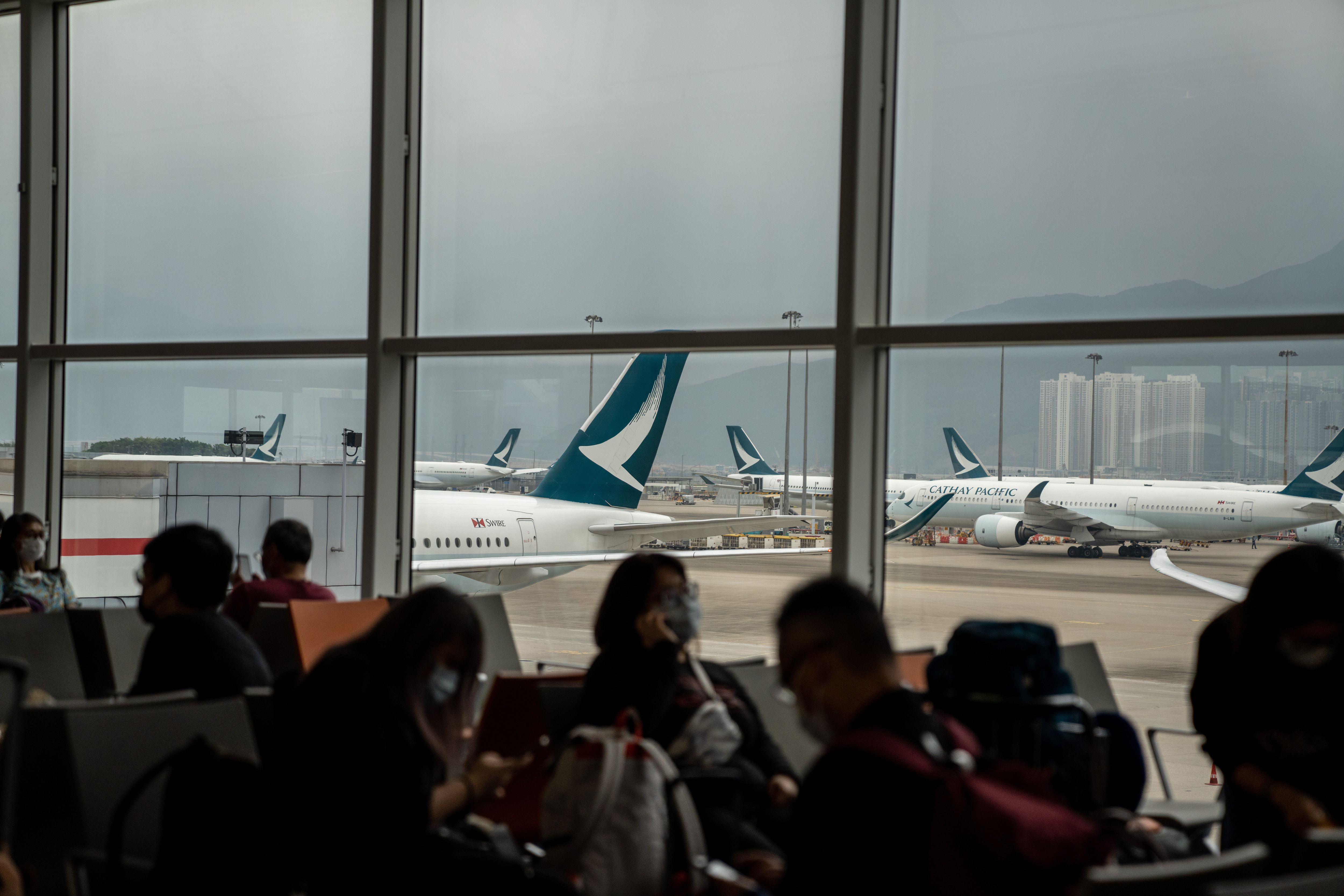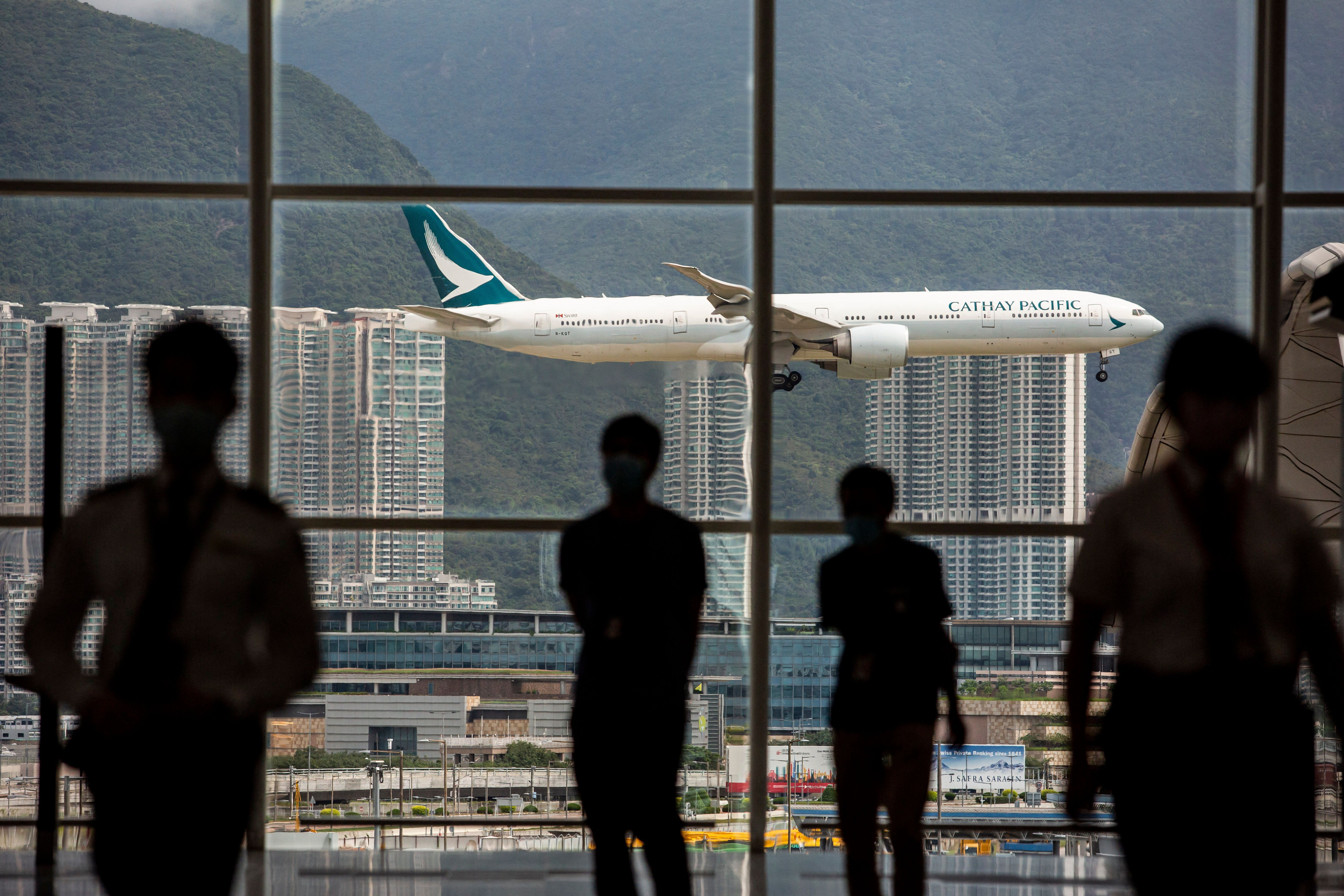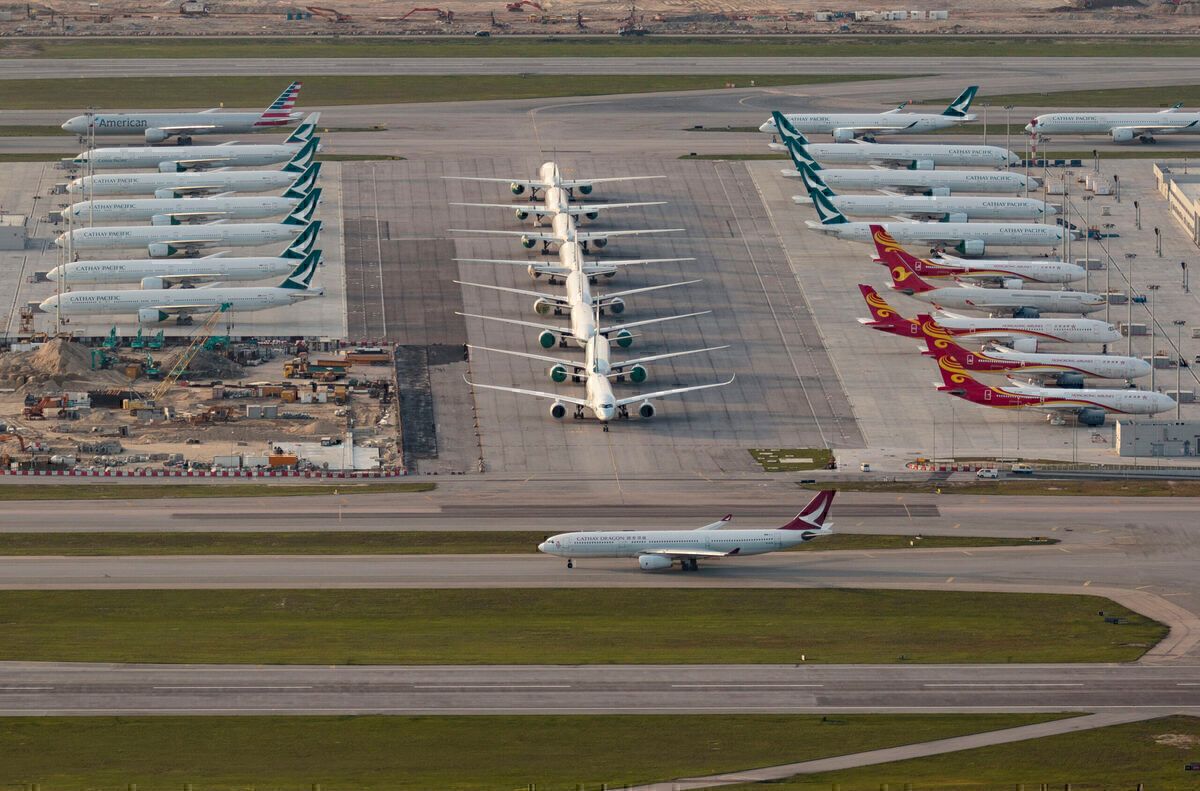Hong Kong International Airport has rolled out its new 'Flight Token' initiative, a self-service biometric identification system that enables passengers to self-complete the entire departures process. Let's take a closer look at HKG's Flight Token scheme below.
Go through departures with facial recognition
On Tuesday, Hong Kong International Airport (HKG) fully implemented its much-awaited Flight Token system. Flight Token allows travelers to pass various departure checkpoints through biometric identification, saving the need to present boarding passes and travel documentation.
Get the latest aviation news straight to your inbox: Sign up for our newsletters today.
The biometric system is in place at various self-service checkpoints across the airport. Through Flight Token, travelers can complete the entire departures process - from check-in and bag drop to security and boarding - through self-service for a seamless airport experience.
Vivian Cheung, Executive Director of Airport Operations at Airport Authority Hong Kong (AAHK), said,
"With the relaxation of quarantine requirements, many local residents are once again traveling through HKIA. To welcome them back, HKIA has implemented Flight Token in full, offering a pleasant and convenient departure experience. We will continue to work with our partners to enhance our services and offer passengers an even more enjoyable airport journey."
How to get started
To make use of Flight Token, you will need to be a Hong Kong resident with either an HKSAR Passport, an HKSAR Document of Identity for Visa Purposes, or an electronic Home Visit Permit. Additionally, the initiative will only be available with participating carriers for passengers aged 11 and up.
To get started, create a Flight Token during the initial check-in process at a smart kiosk. After receiving a boarding pass and luggage tags through the kiosk, travelers can self-drop bags before going through the e-Security Gates by scanning their faces. The immigration process can then be completed through Flight Token e-Channels.
Flight Token e-Channels are available at the North and South departure immigration halls, while all departure gates at Terminal 1 offer e-Boarding gates.
Discover more aviation news with Simple Flying.
Award-winning technology
The airport's Flight Token system received the prestigious ‘Best Innovation in Airport Passengers Related Processes’ in the Amadeus & ACI World Technology Innovation Awards 2021.
Vivian Cheung added,
"Flight Token not only speeds up the departure process of passengers, but also effectively improves the accuracy of document and identity checking compared to manual check. It also enables minimal people interaction, which is favourable in creating a touchless environment for air travellers given the backdrop of the COVID-19 pandemic."
Hong Kong International is enjoying a surge in passenger traffic. This follows Hong Kong's decision to scrap some of its strict coronavirus restrictions, such as hotel quarantines and pre-departure COVID testing. The airport has already reaped the benefits, with traffic up 133% last month compared to September 2021.
What do you think of HKIA's new Flight Token system? Would you be interested in something like this at your local airport? Let us know in the comments.



.jpeg)
